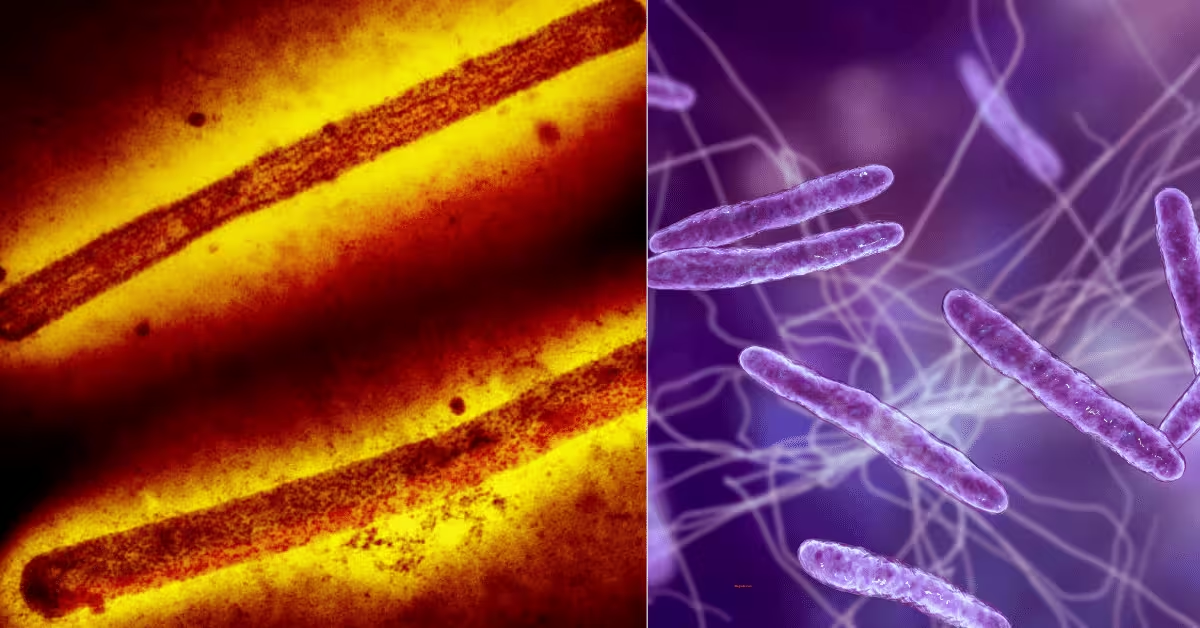Finland is set to become a pioneering nation in combating avian influenza by offering vaccines to individuals at risk of exposure to the H5N1 virus. This strategic move addresses growing concerns over the virus’s potential threat to humans.
Contents
- 1 Targeted Vaccination Campaign
- 2 Addressing Fears of Human Infection
- 3 Recent H5N1 Outbreaks Highlight Risks
- 4 Vaccine Efficacy and Safety
- 5 Global Perspective on Avian Influenza Vaccination
- 6 Broader Strategies to Mitigate H5N1 Spread
- 7 Pandemic Preparedness and Historical Context
- 8 Enhanced Surveillance and Future Outlook
- 9 Must Read
Targeted Vaccination Campaign
The Finnish vaccination campaign aims to protect select high-risk groups, including poultry farmers, veterinarians, virologists, and fur farm workers handling animals like mink and foxes. This proactive measure reflects Finland’s commitment to preventing the spread of the H5N1 virus among humans.
Mia Kontio, a health security official at the Finnish Institute for Health and Welfare, announced that Finland expects to receive 20,000 vaccine doses soon, with plans to administer them promptly.
Addressing Fears of Human Infection
The decision to provide vaccines stems from fears that individuals in close contact with infected animals might contract the H5N1 virus. While the virus currently shows limited human transmission, the risk of it evolving to spread more effectively among humans increases with each infection in mammalian species.
Recent H5N1 Outbreaks Highlight Risks
Recent events in the U.S. have underscored the importance of this precautionary measure. An H5N1 outbreak among dairy cattle led to infections in three dairy workers. Although these cases were mild and showed no onward transmission, they highlighted the virus’s potential danger to humans in close contact with infected animals.
Marc Lacey, the global executive director for pandemic at CSL Seqirus, emphasized the concern over the animal-human interface. He noted that Finland’s plan to use the H5 vaccine, developed by CSL Seqirus, marks a significant step in pandemic preparedness.
Vaccine Efficacy and Safety
The vaccine Finland plans to use is based on the H5N8 strain of avian influenza but is expected to offer protection against H5N1 due to the hemagglutinin component. This component is crucial in generating an immune response. The vaccine also contains an adjuvant to enhance this response.
Approved by European regulators, the Zoonotic influenza vaccine Seqirus has shown promising results in immunogenicity studies, although traditional efficacy trials are challenging due to the virus not circulating among humans. The vaccine requires two doses, administered at least three weeks apart.
Global Perspective on Avian Influenza Vaccination
Other countries are also exploring the deployment of H5 vaccines. The U.S., for example, recently contracted CSL Seqirus to increase its stockpile of H5 flu vaccine doses. However, Finland stands out as the first country planning to implement the vaccine beyond research studies in recent years.
Broader Strategies to Mitigate H5N1 Spread
Isabella Eckerle, a virologist at the Geneva Centre for Emerging Viral Diseases, supports vaccinating high-risk individuals but stresses the need for comprehensive measures to curb the H5N1 virus. These include improving personal protective equipment (PPE) use on farms to reduce transmission among animals and humans.
In the U.S., health officials have provided PPE to dairy farms, although uptake has been low due to the uncomfortable conditions in milking parlors. Eckerle underscores the importance of preventing the virus from circulating, particularly among mammals.
Pandemic Preparedness and Historical Context
Since its discovery nearly 30 years ago, H5N1 has posed a potential pandemic threat. Its recent global spread, affecting numerous bird species and increasing numbers of mammals, has heightened these concerns. The virus’s presence in dairy cattle in the U.S. marks a new chapter in its history.
Finland has faced significant H5N1 outbreaks, especially on fur farms, with over 71 reported cases last year. The virus’s spread among mink is particularly alarming due to their cell receptors’ similarity to humans. This raises the risk of the virus becoming more adept at human infection.
Enhanced Surveillance and Future Outlook
Finnish authorities have implemented expanded surveillance measures for fur farms, particularly during periods of high transmission risk from wild birds. While Europe has reported fewer infections in wild bird populations this year, the ongoing surveillance is crucial for early detection and response.
Finland’s proactive approach to vaccinating high-risk groups against H5N1 sets a precedent for global pandemic preparedness. By addressing the threat at the animal-human interface, Finland aims to mitigate the risk of a future avian influenza pandemic.
Must Read
- 13 Foods That Promote Mental Clarity in 2024
- The Power of Self-Compassion: Learning to Love Yourself in 2024
- How to Practice Mindfulness Anywhere in 2024
- Coping with Stress: Practical Tips for Daily Life in 2024
- Overcoming Panic Attacks: Strategies That Work
- Understanding Depression: Causes, Symptoms, and Treatments in 2024
- 7 Effective Ways to Boost Your Mood Instantly
- The Ultimate Guide to Managing Anxiety Naturally in 2024
- How to Reduce Mental Stress at Home in 2024: A Comprehensive Guide
- 10 Essential Facts about Body Dysmorphic Disorder in 2024
- Breaking the Stigma: Mental Health Awareness in 2024
- birds flu: who gets it, how can it spread, and how can we avoid it?
- Building Resilience: How to Bounce Back from Adversity in 2024
- Strategies for Better Sleep: Improving Your Sleep Hygiene in 2024
- Coping with Grief and Loss: Finding Solace in 2024
- Coping Strategies for Managing Anger in 2024
- 10 Surprising Health Benefits of Everyday Foods
- The Truth About Carbohydrates: Myths vs. Facts in 2024
- The Ultimate Guide to Natural Remedies for Common Ailments
- Effective Communication Skills: Enhancing Relationships
- The Art of Relaxation: Unwinding After a Busy Day

